We are glad to introduce this new work by the Italian photographer Gianfranco Gallucci that we’ve recently interviewed. This time we present his research on immigration in this city of Rome. The project alternates portraits of foreign workers, snapped in their respective home and workplace. The alternation between the use of the color with black and white creates a double reading, a kind of parallel narrative. Each immigrant is also described through a place, a ‘zone’ especially liked by the portrayed person. In this way, this project is also an emotional map, and a set of desires to be preserved. The text written by Gianfranco is very useful for getting deep into his intentions. We like this project because without expressing too many opinions is capable of bringing out from oblivion the lives of several people who have left their country to redeem their own life. It seems to us representative, and capable of giving voice, though silently, to a highly relevant social condition.
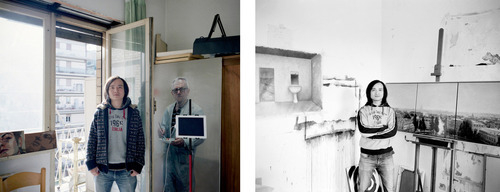
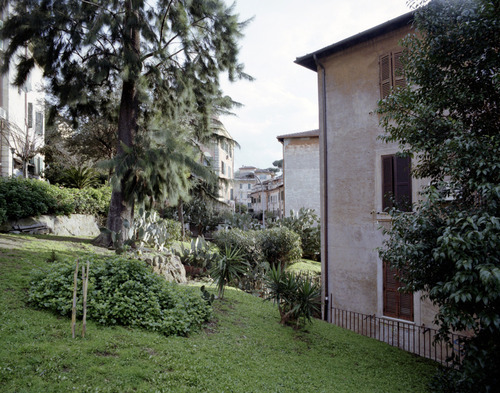
© Gianfranco Gallucci, Hui, Home, Work, Zone
- “ Immigrant ” is one who moves to another country, leaving his/her homeland and driven by the need for better living conditions. -
<< Eh ! Integration is a big word ! Eh ! The integration is still a concept, a bit ’ far, for me it takes many, many years before this happens. For me, integration is yet to come . There are still many people who say that we should better stay at home. They say: What are they doing here, that there's no work for us either, and all these things.. >> (An Immigrant)
Between 2010 and 2013 I searched and met 18 extraordinary, although common, people. The project “You’re Welcome” tells the story of these people.The only thing they have in common is Rome, coming each one from a different country, everyone with his/her own story, and now all living here, in the Italian capital. I took three portraits each person. One in their house, where they live sorrounded by their most intimate and personal things, objects and memories; the other one at work, showing their real and concrete contribution to the society; and the third one, even if without the subject indoors, that represents a further portrait of themselves, showing their most beloved and favorite place in Rome. Italy is a country where integration is not at all completely realized, most of all socially,as a result of the attitude of most people. I wanted to show how much richer and wonderful a multiethnic society is, where each person brings his/her contribution, and lives with the same rights and duties as everyone else. I narrated these stories, in order to tell, for once, a positive story about immigration, about people who left their “homes”, leaving everything, and fortunately found something better.

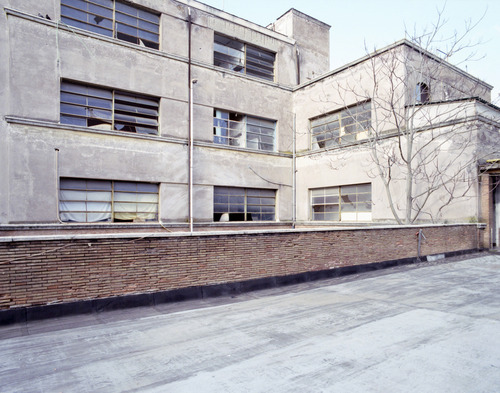
© Gianfranco Gallucci, Maria, Home, Work, Zone
When I decided to develop a project about immigration, I was confronted immediately with the vastness and complexity of the issue. My thinking began with the desire to understand what my personal relationship was with this topic, from my point of view as an"Italian citizen". Which had been, till today, my attitude towards immigrants and immigration (despite having lived my childhood in a small town where immigrants where not common at that time, to be the son of southern Italian immigrants who moved to the north, and to be born and raised in a land that was not my parents home)? I really think that too many people, and not only in Italy, have never asked this question, or perhaps more simply, we just quickly forgot our own recent past as immigrants.
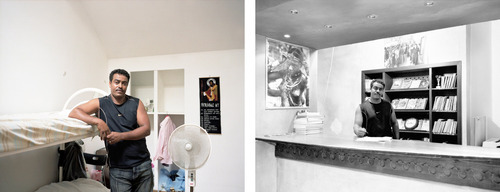
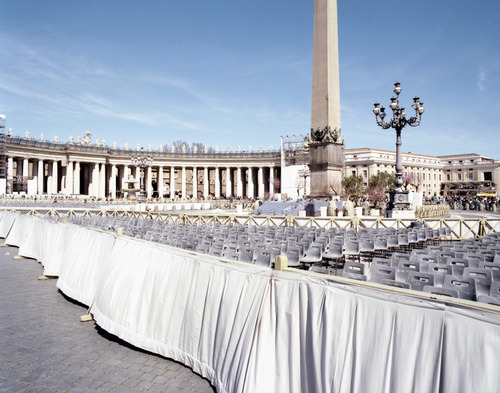
© Gianfranco Gallucci, Alema, Home, Work, Zone
I did not know what I could say or tell about it, being able to say many things and nothing at the same time. The phenomenon of immigration is often associated within media to individual episodes of anonymous negative realities. When repeated on the television information space daily, it ends up creating only prejudices and stereotypes against those who, for the simple fact of having left their country looking for a better way of life, later become the 'carriers’ of a series of negative judgments that are not part of their everyday life.
In the end I chose to tell the stories of these people; eighteen stories, which have in common only the fact of coming from a country other than Italy and living in Rome with the hope of building a better future. I photographed each of them at home and at the workplace, with staged portraits that would tell something about them and their condition. I portrayed their favorite places in the city, getting a visual mapping of the same, according to their point of view.

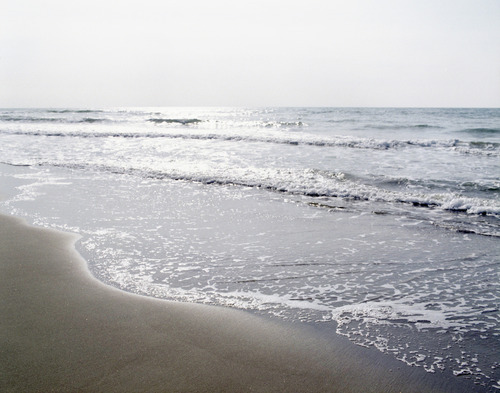 © Gianfranco Gallucci, Kamila, Home, Work, Zone
© Gianfranco Gallucci, Kamila, Home, Work, Zone
The stories I have heard, recorded and later told, are very different from each other. Each one carries with it, the image of a country, and a culture, different from our own, and the combination of all these stories is a credit to the extraordinary wealth potential that resides in a multi-ethnic society. I avoided the stereotypes socio-economic context of the roman society, where certain ethnic groups or populations, because of cultural heritage or the particular dynamics of the market, have “monopolized” some sectors of the labor market. An example can be the Romanians, mostly employed in construction industry or of Bengali, in the bazaars or phone centers.
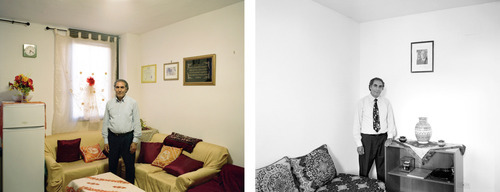
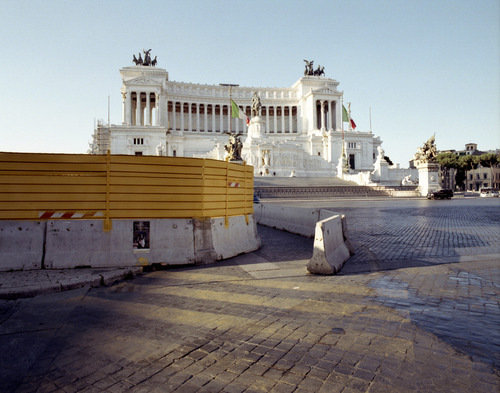
© Gianfranco Gallucci, Eddaoudi, Home, Work, Zone
My meeting with each one of these stories, happened almost by accident, after having studied and identified the decisive nationalities of theRoman area in the recent years. Based on studies and statistics, drawn up by the various institutions, I pointed out that migration flows are changing, even massively, for socio-economic-cultural reasons, from year to year or cycles of 5-10years and can even completely distort the previous situation. Therefore, this project is located in a very precise temporal context by referring to the current situation of migration within the Roman location. One of the aims of the project includes an observation of a wider phenomenon unrelated to the particular conditions of temporality or location.This begins with a desire to make us think a little more about how we live every day and the people who are going, even just for a few seconds, to become part of our lives.
---
LINKS
Gianfranco Gallucci
Italy
share this page